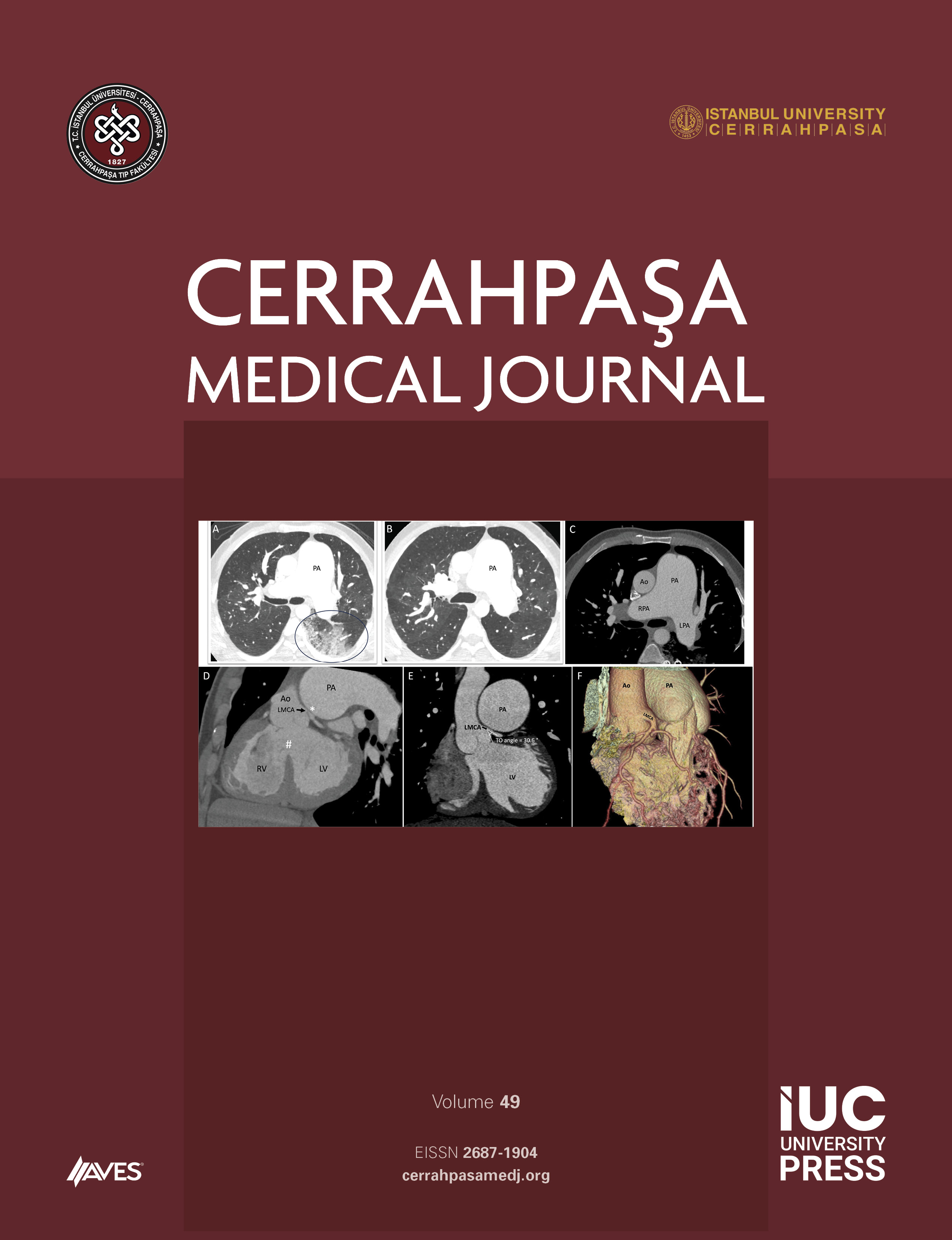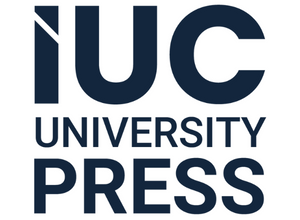Complete rectal prolapse is a full-thickness protrusion of the rectal wall through the anus. Surgery is indicated for third-degree prolapse, with a variety of surgical techniques available. This review aims to summarize the most commonly used surgical procedures for rectal prolapse and evaluate their advantages and disadvantages. A narrative review of the literature was conducted, focusing on various surgical techniques such as rectopexy, sigmoid resection, and perineal approaches. Data on surgical outcomes, recurrence rates, and complications were extracted and compared. Different surgical techniques show variable success rates. Abdominal procedures such as rectopexy generally have lower recurrence rates but may be associated with longer recovery times. Perineal approaches offer lower morbidity but higher recurrence. The choice of procedure should be individualized, considering patient factors such as age, comorbidities, and surgical risk. Abdominal approaches are favored in younger, fit patients, while perineal procedures may be appropriate for elderly or high-risk individuals.
Cite this article as: Asiye P, Selen YS. Rectal prolapse surgery: what to do, how to do. Cerrahpaşa Med J. 2025; 49, 0019, doi:10.5152/cjm.2025.24019



